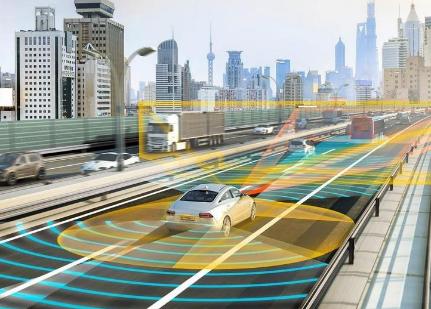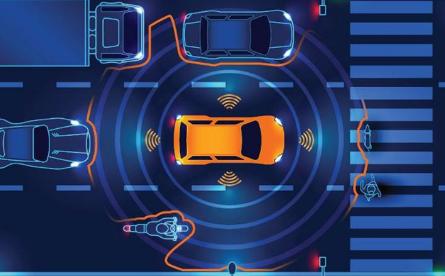Autonomous Driving Technology
The self-driving car is a wheeled robot. Automatic driving is a comprehensive field involving many subjects. This article introduces the five main technologies of automatic driving. See how this wheeled robot's brain, eyes, and so on work.
First, identification technology
Just like humans have eyes. This wheeled robot has its own eyes, too. Their eyes can be used to identify vehicles and obstacles around them. It can also observe pedestrians and other conditions on the road. The main component of our eyes is the eyeball. By adjusting the curvature of the lens. Our eyes can change the focal length of the lens to obtain a real image. Autopilot's eyes are made up of sensors. They include cameras, lidar, millimeter-wave radars. Also, includes infrared ray, ultrasonic radar, and so on.

Second, decision-making techniques
Through the eye recognition of the surrounding environment. The next step is to make full use of this information for understanding and analysis. Decide what you want to do next. Like the human brain, we are not born to drive. This requires some accumulation of knowledge. Autonomous robots also need to accumulate knowledge. There are two ways to accomplish the knowledge base in your brain. They are the expert rule and AI.
Artificial Intelligence is the Artificial Intelligence that's always been hot. It basically mimics the human brain. Understand the scene through the AI algorithm. Or gain experience in advance by making a lot of mistakes. This makes the autopilot more responsive.
Third, positioning technology
Today, in addition to mainstream positioning. Such as GPS or GNSS (Global Navigation Satellite System). Positioning can also be achieved in other ways. Such as laying electromagnetic induction lines on the highway. There is one of the biggest problems for high-precision GPS positioning. Although you can rely on the IMU (inertial measurement Unit) to do the calculation. But if GPS signal loss time is too long, the error will be large.
In addition, autonomous driving dedicated 3D dynamic HD maps are also useful. It brings more possibilities for autonomous driving. Once you have a high definition map. You can easily position yourself in the driveway.

Fourth, communication security technology
V2X = Vehicle To Everything. A generic acronym for all communications between the vehicle and the infrastructure. It includes V2V between vehicles, V2P between vehicles and pedestrians. Including V2I between vehicles and transportation infrastructure. It also includes V2N between the vehicle and the network.
V2X contains the car and our personal information. Therefore, the user's identity should be verified during communication. And encrypt the data. These are essential.
Fifth, human-computer interaction technology
Although our impressions of autonomous driving are mostly the same. We don't think it needs human intervention. It can take us anywhere we want to go. Unfortunately, current autopilot systems don't do that yet.
If you're in a situation where autopilot can't handle it. The system calls you to take over its job. This is where the HMI (human-machine interface) comes into play. Its goal is to inform us in the most intuitive and convenient way. To get the driver to notice as quickly as possible.